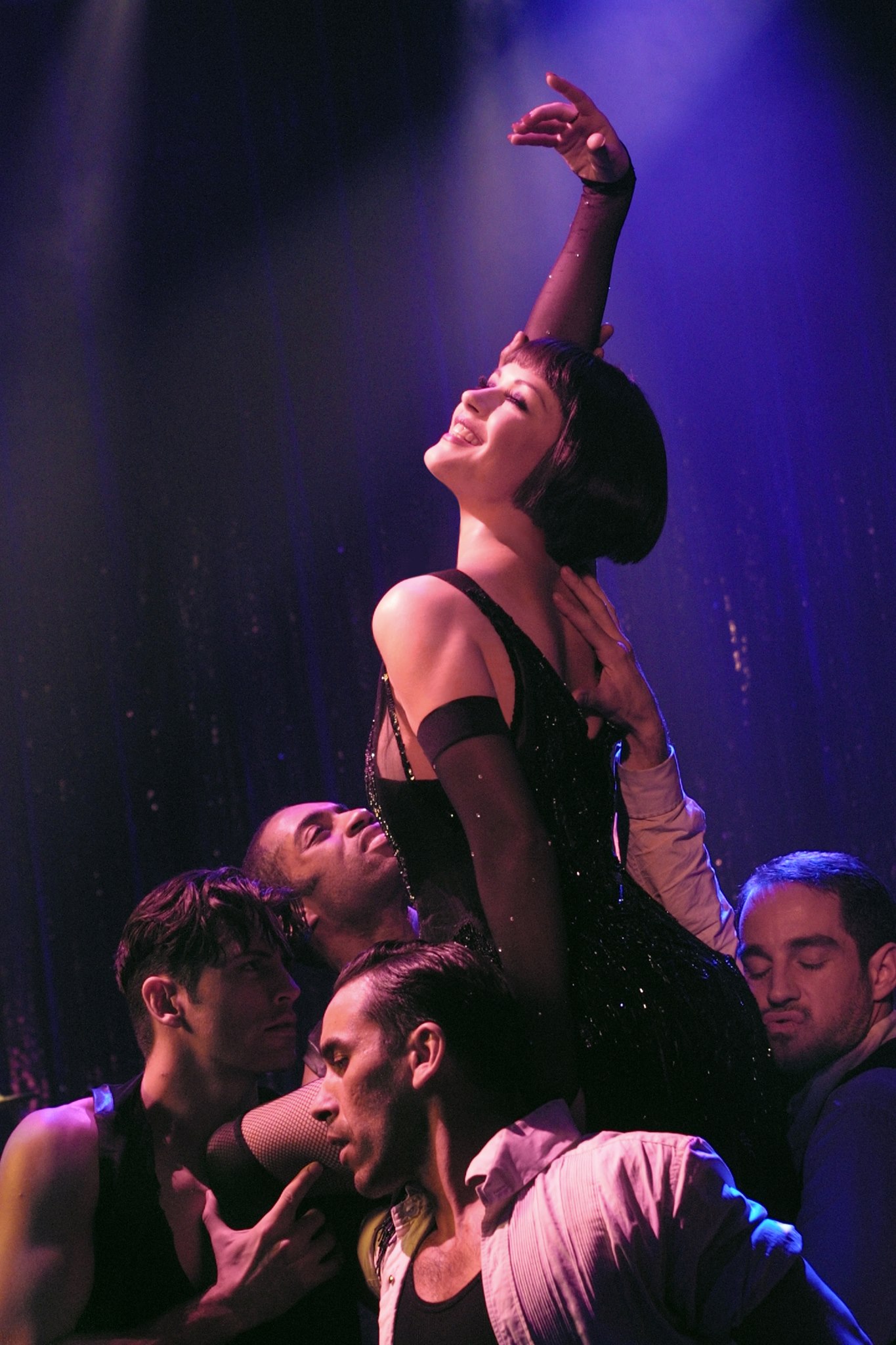Hey there, theater buffs! Let’s chat about the recent buzz surrounding Chicago’s latest performance. So, picture this: the classic musical we all know and love, but with a twist—yo-yos and hip hop moves in the mix! Some critics are scratching their heads, but hold onto your seats because we’re about to dive into why this might not be such a crazy idea after all.
Introducing the Unconventional: Yo-Yos and Hip Hop
The decision to incorporate yo-yos and hip hop into the choreography of Chicago certainly raised eyebrows, but it also opened up exciting possibilities for reimagining the beloved musical. Yo-yos, with their rhythmic movements and hip hop, with its dynamic energy, offer a fresh perspective on the timeless themes of desire, deception, and redemption that define the narrative of Chicago.
The Power of Stillness: Less is More
In the frenetic world of musical theater, where movement often takes center stage, the significance of stillness cannot be overstated. While dynamic choreography undoubtedly captivates audiences, it is in moments of quietude that emotions are amplified and narratives are imbued with depth. Imagine a scene where Roxie Hart, the ambitious and scheming protagonist, stands motionless as the spotlight envelops her, her inner turmoil palpable to the audience.
Directing Focus: Harnessing the Power of Focal Points
In the realm of choreography, every movement serves as a brushstroke on the canvas of the stage, directing the audience’s gaze and shaping their perception of the narrative. Central to this concept is the notion of focal points—specific moments or areas on stage that command attention and guide the viewer’s interpretation of the scene. By strategically positioning dancers and choreographic elements to draw focus, the choreographer could have orchestrated a visual symphony that intricately weaved together disparate elements into a cohesive whole.
Symbolism and Subtext: Unpacking the Meaning Behind the Movement
At its core, choreography is a language—a means of conveying emotion, narrative, and symbolism through movement. In the case of Chicago’s recent performance, the inclusion of yo-yos and hip hop presented a unique opportunity to infuse the choreography with layers of subtext and symbolism, enriching the audience’s interpretation of the narrative.
Incorporating Yo-Yos: Exploring Secrecy and Immodesty
In the intricate tapestry of choreography, every element serves a purpose, weaving together a narrative that transcends mere movement. In the recent performance of Chicago, the inclusion of yo-yos as a choreographic device offers a fascinating glimpse into the clandestine world of the characters, where immodesty and secrecy reign supreme.
Conclusion: Harmonizing Tradition and Innovation
So, in the end, mixing things up in a classic like Chicago isn’t such a crazy idea after all. Sure, it’s important to respect the original, but it’s also cool to try new stuff and see where it takes us. And who knows, maybe next time we’ll see even more unexpected moves that blow us away. After all, that’s what keeps theater exciting, right?
In reimagining a classic such as Chicago, the integration of unconventional elements requires a delicate balance of innovation and reverence for tradition. While the recent performance may have sparked debate within the musical theater community, it also serves as a testament to the boundless potential of choreography as a vehicle for artistic expression and storytelling.
By embracing principles such as the power of stillness, the importance of directing focus, and the significance of symbolism and subtext, choreographers can navigate the intersection of tradition and innovation with grace and precision. In doing so, they not only honor the legacy of the classics but also pave the way for bold new artistic frontiers, ensuring that the vibrant tapestry of musical theater continues to evolve and captivate audiences for generations to come.

